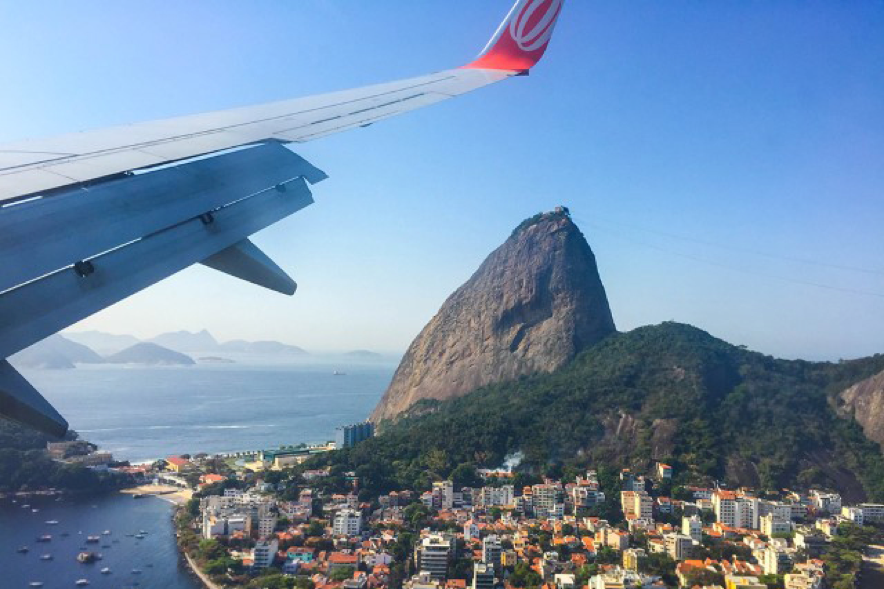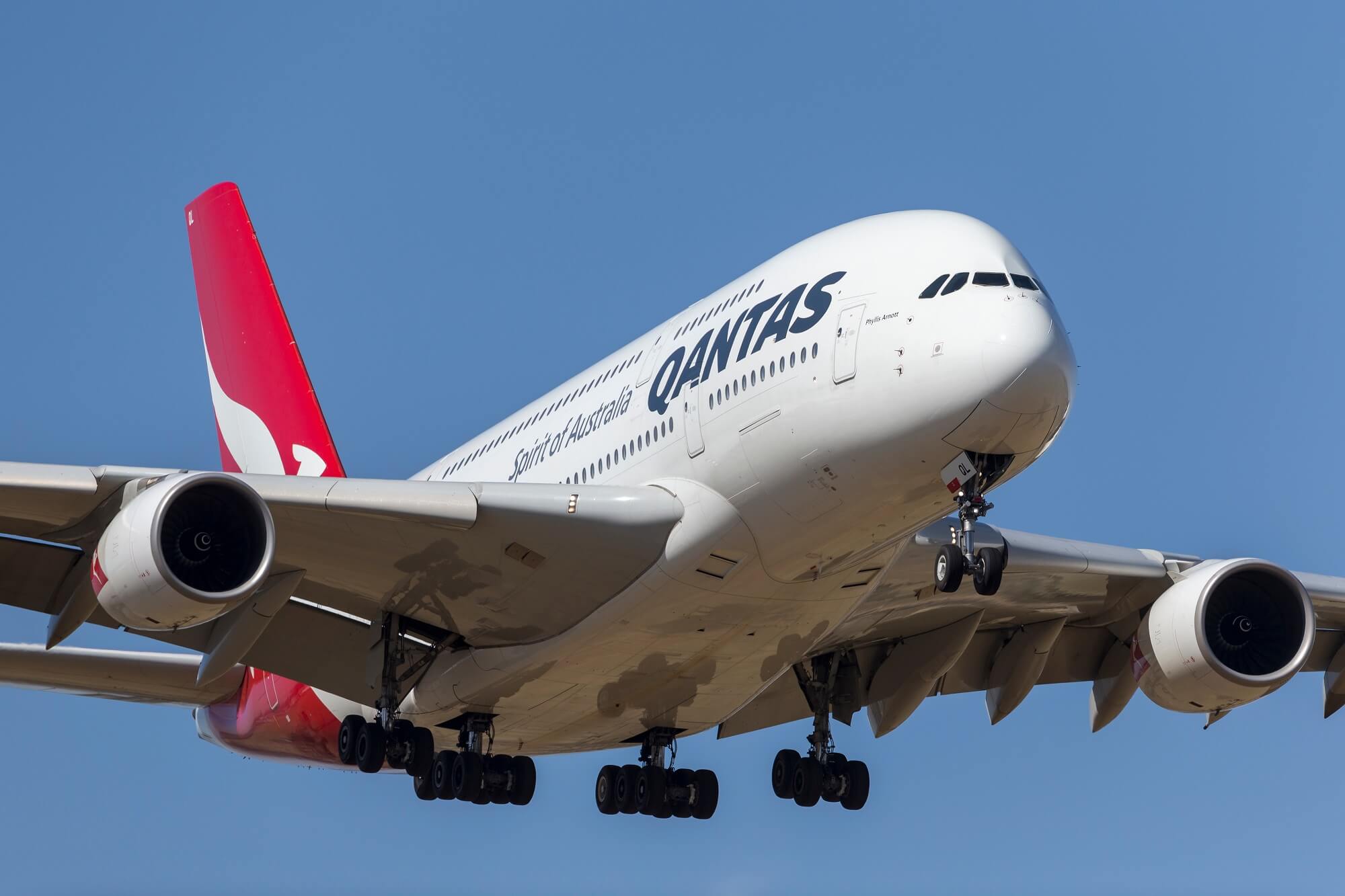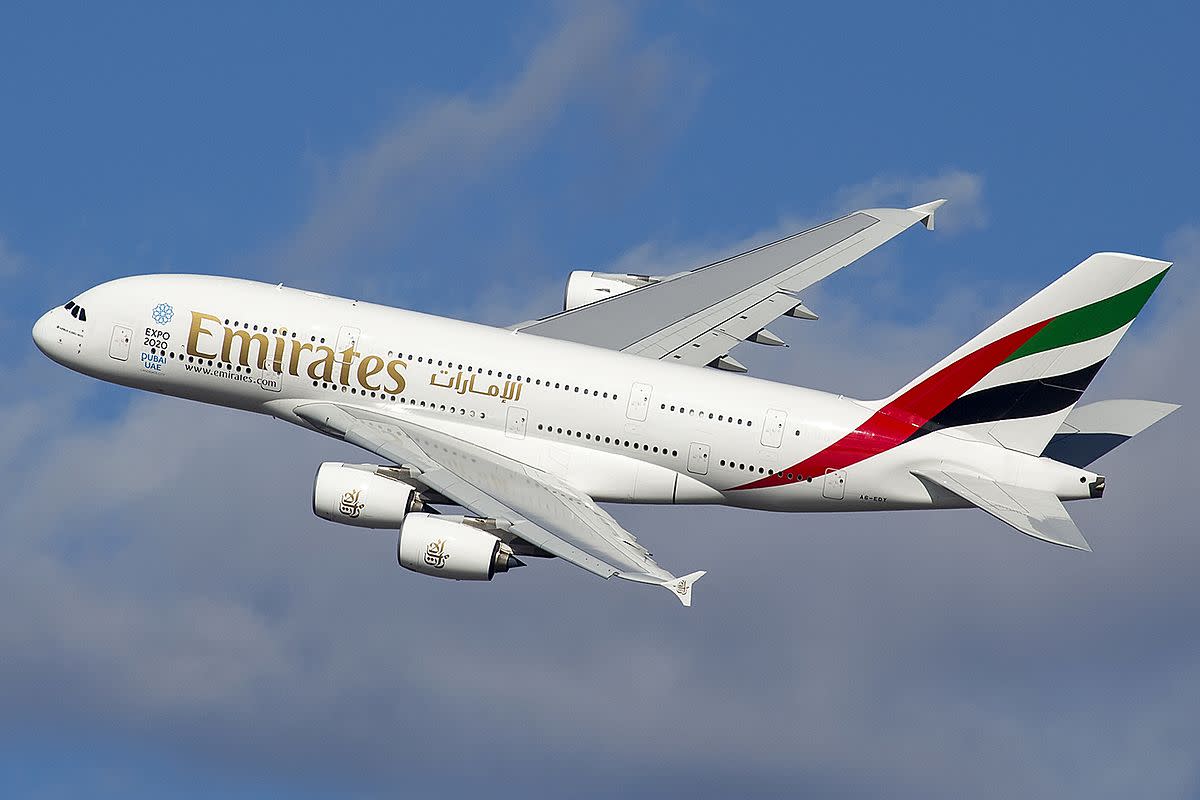Brazilian Aviation Industry

The Brazilian aviation industry has a rich history and has evolved significantly over the years. It has experienced periods of growth and challenges, but it remains a key player in the global aviation landscape.
History and Evolution
The Brazilian aviation industry’s roots can be traced back to the early 20th century, with the establishment of the first commercial airlines in the 1920s. The industry gained momentum during World War II, as Brazil became a strategic partner to the Allied forces. Post-war, the industry continued to grow, driven by the expansion of domestic and international routes, and the development of new aircraft models.
- In the 1950s, the Brazilian government played a crucial role in fostering the industry’s growth by creating national airlines like Varig and Vasp.
- During the 1960s and 1970s, the industry saw a surge in passenger demand, fueled by economic growth and the emergence of the middle class. This period witnessed the introduction of jet aircraft, which revolutionized air travel.
- The 1980s and 1990s were marked by economic challenges and political instability, leading to the restructuring of the industry. Varig and Vasp faced financial difficulties and eventually ceased operations.
- In the 21st century, the Brazilian aviation industry has undergone a transformation. The emergence of low-cost carriers, the liberalization of the market, and the growth of domestic and international tourism have spurred new growth.
Key Players
The Brazilian aviation market is characterized by a diverse range of players, including:
- Full-service airlines: LATAM Airlines Brazil, the largest airline in the country, and Azul Brazilian Airlines, which have extensive domestic and international networks.
- Low-cost carriers: GOL Linhas Aéreas Inteligentes, a leading low-cost carrier, and Voepass, a regional airline focused on connecting smaller cities.
- Cargo airlines: LATAM Cargo Brasil, Azul Cargo Express, and Total Linhas Aéreas, which cater to the growing demand for air freight.
- Aircraft manufacturers: Embraer, a global aerospace company headquartered in Brazil, is a leading manufacturer of regional jets and commercial aircraft.
- Airport operators: Infraero, a state-owned company, manages and operates a network of airports across Brazil. Private companies are also involved in airport operations and infrastructure development.
Challenges and Opportunities
The Brazilian aviation industry faces a number of challenges and opportunities.
- Economic Volatility: Brazil’s economic performance has a significant impact on the aviation industry. Economic downturns can lead to a decrease in passenger demand and impact airline profitability.
- Infrastructure Constraints: Brazil’s airport infrastructure faces challenges in terms of capacity, modernization, and maintenance. Investments are needed to improve airport facilities and expand capacity to accommodate the growing demand for air travel.
- Competition: The Brazilian aviation market is highly competitive, with a mix of full-service and low-cost carriers vying for market share. This competition can lead to price wars and pressure on airline profitability.
- Environmental Concerns: The aviation industry is facing increasing scrutiny regarding its environmental impact. Airlines are under pressure to reduce emissions and adopt sustainable practices.
- Digital Transformation: The aviation industry is undergoing a digital transformation, with the adoption of new technologies such as artificial intelligence, big data, and blockchain. Airlines are investing in digital solutions to improve operational efficiency, enhance customer experience, and manage data effectively.
- Growth in Domestic and International Travel: The Brazilian aviation industry is well-positioned to benefit from the growth in domestic and international travel. The increasing middle class, rising disposable incomes, and the growth of tourism are driving demand for air travel.
- Regional Connectivity: There is a significant opportunity to improve regional connectivity in Brazil. Expanding air services to smaller cities and towns can stimulate economic growth and create new job opportunities.
- Export Potential: Brazil has a strong aerospace industry, with Embraer being a leading aircraft manufacturer. There is potential for further growth in exports of aircraft, components, and services.
Passenger Plane Operations in Brazil

Brazil’s vast geographical expanse and robust economy have fueled a dynamic passenger plane market. The country boasts a diverse network of airlines, routes, and aircraft, serving both domestic and international travelers.
Major Airlines
The Brazilian airline industry is dominated by a few major players, each with its own distinct focus and network.
- GOL Linhas Aéreas Inteligentes: GOL is Brazil’s largest domestic airline, offering a vast network of flights connecting major cities across the country. It is known for its low-cost model and focus on efficiency.
- LATAM Airlines Brasil: LATAM is a major South American airline with a significant presence in Brazil. It offers a wide range of domestic and international flights, including connections to destinations in North and South America, Europe, and Asia.
- Azul Linhas Aéreas Brasileiras: Azul is a relatively new airline that has quickly become a significant player in the Brazilian market. It focuses on connecting smaller cities and regional airports, offering a more localized approach to air travel.
- Avianca Brasil: Avianca was a major Brazilian airline before its bankruptcy in 2019. It was known for its extensive domestic and international network, including flights to destinations in the Americas, Europe, and Africa.
Passenger Plane Routes and Destinations, Passenger plane brazil
Brazil’s passenger plane routes cover a vast geographical area, connecting major cities within the country and linking Brazil to the rest of the world.
- Domestic Routes: Domestic routes connect major cities like São Paulo, Rio de Janeiro, Brasília, Belo Horizonte, and Salvador, with extensive coverage of regional airports across the country. These routes are crucial for both business and leisure travel, facilitating trade and tourism within Brazil.
- International Routes: Brazilian airlines offer a wide range of international routes connecting Brazil to destinations in North and South America, Europe, Asia, and Africa. Major international hubs include São Paulo’s Guarulhos International Airport (GRU) and Rio de Janeiro’s Galeão International Airport (GIG), which serve as gateways for international travelers.
Types of Passenger Planes
Brazilian airlines operate a diverse fleet of passenger planes, ranging from smaller regional aircraft to large wide-body jets.
- Narrow-body Aircraft: These aircraft are typically used for domestic and short-haul international flights. Popular models include the Boeing 737, Airbus A320, and Embraer E190/E195. These aircraft are fuel-efficient and offer a comfortable experience for passengers.
- Wide-body Aircraft: These aircraft are used for long-haul international flights and offer a greater capacity for passengers and cargo. Popular models include the Boeing 767, Boeing 777, and Airbus A330. These aircraft provide a more luxurious experience, with amenities such as lie-flat seats and in-flight entertainment systems.
- Regional Aircraft: These smaller aircraft are used for connecting smaller cities and regional airports, offering a more localized approach to air travel. Popular models include the Embraer E170/E175 and ATR 72. These aircraft are ideal for short-haul flights and offer a convenient and efficient travel option.
Passenger Plane Safety and Regulations in Brazil: Passenger Plane Brazil

Passenger plane safety in Brazil is a critical aspect of the country’s aviation industry. The Brazilian government, through the National Civil Aviation Agency (ANAC), has established stringent regulations and standards to ensure the safety of passengers and crew. These regulations encompass various aspects of aviation, including aircraft maintenance, pilot training, and air traffic control.
Role of ANAC in Aviation Safety
The National Civil Aviation Agency (ANAC) plays a pivotal role in ensuring the safety of passenger plane operations in Brazil. ANAC is responsible for overseeing all aspects of civil aviation, including the certification of aircraft, the licensing of pilots, and the establishment of safety regulations.
ANAC’s responsibilities include:
- Developing and enforcing safety regulations for aircraft, airports, and air traffic control.
- Conducting regular inspections of aircraft and airports to ensure compliance with safety standards.
- Investigating aviation accidents and incidents to identify causes and implement corrective measures.
- Promoting aviation safety through education and training programs for pilots, air traffic controllers, and other aviation professionals.
Safety Record of Passenger Plane Operations in Brazil
Brazil has a relatively good safety record for passenger plane operations. However, the country has experienced some high-profile aviation accidents in recent years. These accidents have highlighted the importance of ongoing efforts to improve aviation safety.
According to the International Civil Aviation Organization (ICAO), Brazil’s safety performance in terms of fatal accidents per million departures is comparable to other major aviation markets. This data suggests that Brazil’s safety regulations and enforcement mechanisms are generally effective in preventing accidents.
“Brazil’s safety performance in terms of fatal accidents per million departures is comparable to other major aviation markets.” – International Civil Aviation Organization (ICAO)
However, it is important to note that even a relatively good safety record does not mean that aviation accidents are not a possibility. The complexity of aviation operations, coupled with the potential for human error and mechanical failures, means that there will always be a risk of accidents.
ANAC’s continuous efforts to improve safety regulations and enforcement, coupled with the commitment of airlines and aviation professionals to safety, are essential to minimizing the risk of accidents and ensuring the safety of passengers and crew in Brazil.
Passenger plane brazil – Passenger planes in Brazil have a rich history, connecting diverse cities and landscapes. Tragically, the aviation industry has also seen its share of devastating events, such as the ATR 72 crash , which serves as a stark reminder of the importance of safety and vigilance in air travel.
Despite such incidents, passenger planes continue to play a vital role in Brazil’s transportation network, offering accessibility and economic growth.
The recent incident involving a passenger plane in Brazil has raised concerns about air safety, reminding us of the importance of robust regulations and meticulous maintenance. While we focus on this crucial issue, it’s also important to stay informed about the upcoming abc presidential debate time , where critical issues like transportation safety are likely to be discussed.
This debate will be a platform for examining how our leaders plan to address such concerns and ensure the well-being of all passengers who rely on air travel.
